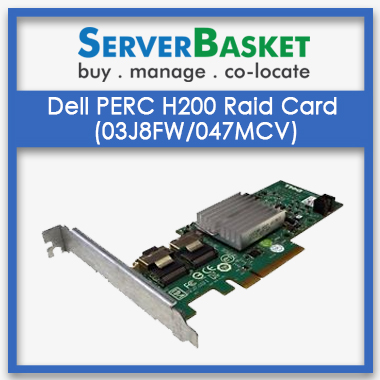
These USB ports as well as the 15 pin VGA connector are at the front of the system. Control of the KVM function is done via the mini LCD screen. The system only supports USB keyboard and mouse. KVM: Unlike the M1000e the VRTX doesn't have a separate KVM module, but it is built into the main chassis. The fans used are the same units as used in the PowerEdge R-720xd rack-server.


For cooling of the server-modules there are four blower-modules, each containing two fans, and for cooling of the rest of the chassis there are 6 internal fans which can only be reached by opening the chassis. Power and cooling: The system comes with four PSUs at 110 or 230 V AC. Connection to the CMCs is done via separate RJ45 ethernet connectors. The CMC is similar to the CMC used in the M1000e chassis. Management: A CMC is responsible for the management of the entire system. The R2210 has 16 internal, 4 external and two additional 1Gb external ports.The I/O modules used on the VRTX are a different size to the I/O modules of the M1000e, so I/O modules are not compatible between the systems. The 8 port pass through module offers 2 pass-through connections to each internal blade slot where the 24 port 1Gb switch option provides 16 internal ports (4 per blade slot) and 8 external ports to be used to uplink to the network. At present the options for this IOM are an 8 port 1Gb pass-through module, a 24 Port 1Gb switch (R2401) and a 20 X 10Gb (+2*1Gb) switch (R2210). Networking: The VRTX chassis has a built in IOM for supporting ethernet traffic to the server blades. Dell offers 12Gbit SAS disks for the VRTX, but these will operate at the slower 6Gbit rate for compatibility with the older PERC8 and SAS switches. The shared storage slots are either 12 x 3.5' HDD slots or 24 x 2.5' HDD slots depending on the VRTX chassis purchased. This controller which is managed through the CMC allows RAID groups to be configured and then allows for those RAID groups to be subdivided into individual virtual disks that can be presented out to either single or multiple blades. Storage: The VRTX chassis includes shared storage slots that connect to a single or dual PERC 8 controller(s) via switched 6Gbit SAS. A conversion kit is available from Dell to allow moving a blade from a M1000e to VRTX chassis. The same blades are used in the M1000e but for use in the VRTX they need to run specific configuration, using two PCIe 2.0 mezzanine cards per server. At launch the PE-M520 (Xeon E5-2400v2) and the PE-M620 (Xeon E5-2600v2) were the only two supported server blades, however the M520 was since discontinued. Servers: The VRTX chassis has 4 half-height slots available for Ivy-Bridge based PowerEdge blade servers. SAS Non-RAID - Driver: Dell SAS 5/i Integrated, SAS 5/E. Intel NIC Linux DKMS and KMP RPMs for RedHat and Novell SLES.
#Vmware dell perc h200 drivers
ĭownload Dell PowerEdge 1950 Server Drivers for Windows 7, 8.1, 10, Just update Dell PowerEdge 1950 Server drivers for your device now! Network - Driver: Intel NIC Linux DKMS and KMP RPMs for RedHat and Novell SLES. A second difference is the option to add certain PCIe cards (Gen2 support) and assign them to any of the four servers.

The M1000e can support an EqualLogicstorage area network that connects the servers to the storage via iSCSI, while the VRTX uses a shared PowerEdge RAID Controller (6Gbit PERC8). There are also some differences with that system. The VRTX system is partially based on the Dell M1000e blade-enclosure and shares some technologies and components. The VRTX comes in two models: a 19' rack version that is 5 rack units high or as a stand-alone tower system. It is a mini-blade chassis with built-in storage system.
#Vmware dell perc h200 driver
Poweredge 1950 Raid Controller Driver Linux Windows 7ĭell PowerEdge VRTX is a computer hardware product line from Dell.


 0 kommentar(er)
0 kommentar(er)
